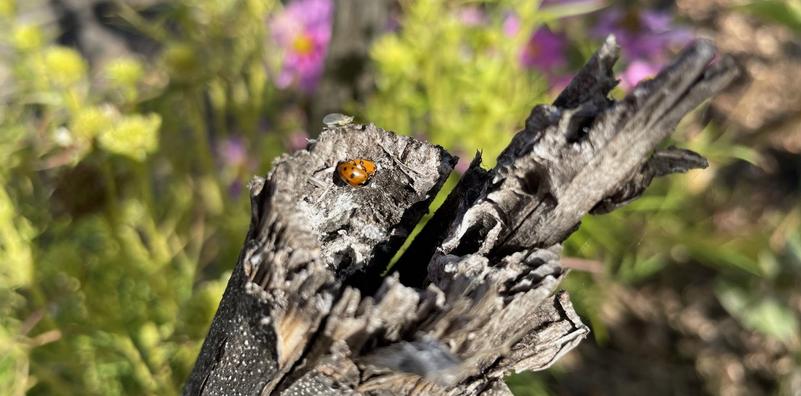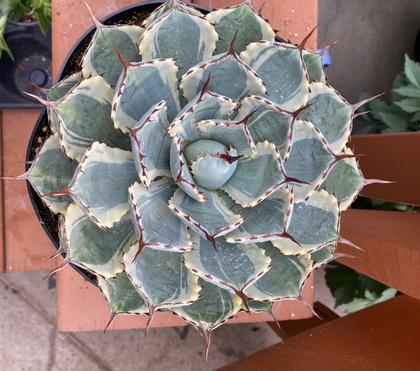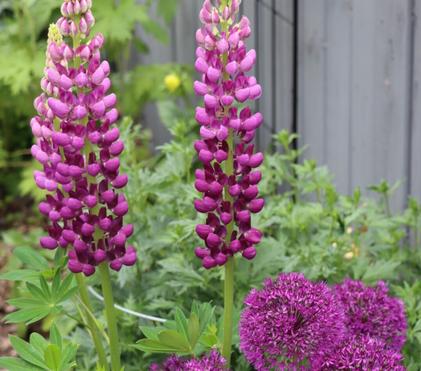Preparing Your Garden for Winter
It’s the end of September and we still have not had frost. I have harvested the bulk of the vegetables but have left some tomato plants standing in my urban home garden just to see how long they will continue to produce. Despite the shorter days and cooler nights, the strawberries are still ripening, and the plants continue to flower.

Preparing Your Garden for Winter
I have prepared my rural garden plot for winter by chopping the plants down to about 30 cm (12 inches) tall. It’s in a very exposed location, so I leave the stalks standing to catch and hold the snow. I chop and drop the rest of the foliage onto the beds as mulch to help keep moisture in the soil for the growing season. (Mulch also shelters lady beetles and other beneficial insects that will reward you with natural pest control and pollination services.) The pathways are freshly mulched with a good thick layer of arborist chips to prevent soil erosion and runoff to deter weeds from establishing, and to add nutrients to the soil as it breaks down.
We were fortunate to have had a decent mix of rain, heat, and sun this summer, but there has been very little rain since the beginning of September. The soil is now dry and hard, so it will be important to water your perennials, shrubs, and trees before the ground freezes. If the roots are dry going into winter the plants have a much lower chance of survival, especially if we get extended polar vortices and little snow cover.
The September 8th, 2023 post on the Gardening at USask Facebook group gives some particularly good advice on pre-winter care for trees and shrubs, which I have summarized below. Of note for next year - they recommend spring fertilization only, as summer and fall fertilization can delay dormancy. Too much supplemental water in fall can also delay dormancy and generate new growth which will likely suffer from winterkill. Regular watering should stop by mid-September, or when the leaves begin to change colour. The final watering session of the season should be done after all leaves have dropped and before the ground freezes. If the leaves don’t drop, as happened with many trees last fall, water before freeze-up.
Water the feeder roots that inhabit the area around the outer edges of the canopy (dripline), not around the trunk. Soil type and recent rainfall will dictate how much water you should apply. Sandy soils drain faster and retain less moisture, so you might need to apply more, whereas clay soil holds moisture well and may need less supplemental water. The recommended application is about 2.5 cm (1 inch) of water around the dripline. A good way to measure 2.5 cm is to put an empty tuna can on the ground near the sprinkler and stop watering when it is full. Applying water at a slow rate will allow the soil to absorb it most efficiently and prevent runoff. I will dig into my clay soil a bit to see how dry it is before I water my garden beds, fruit trees, and shrubs. I suspect I may need to give them a little extra this year.
The last step in preparing your trees and shrubs for winter is to give them a good thick (10 – 15 cm / 4 – 6 inches) insulating layer of natural mulch under, and just beyond, the canopy. Arborist chips are a good option as they are locally sourced and available for free at the Broadview Enviroservice Station and through the ChipDrop website. Mimic nature and leave the leaves or apply well-rotted compost or a combination of all three. Avoid creating a volcano of mulch around tree trunks as this encourages disease and insect damage. Instead, leave a 10 cm (4 inch) ring of bare soil around the trunk. Do not use landscape fabric under the mulch as it restricts the passage of water and air to the soil, and adversely affects soil health.
Perennial beds will benefit from the same water and mulch treatment as the trees and shrubs. Foliage clean-up can be done in the fall, or in the spring once days and nights are warm enough for beneficial insect activity to resume. If you prefer to do a fall clean-up, consider cutting stems to a height that will help to catch and hold an insulating layer of snow, yet still provide a place for overwintering bees to shelter. Tall stems with seedheads can be left for winter landscape interest, and as potential sources of food for overwintering songbirds. Diseased foliage should be bagged and disposed of as garbage, and the rest composted or chopped and dropped in place to act as mulch.
For additional information on getting specific perennials ready for winter and for general mulching advice, take a look at these articles from the University of Saskatchewan’s gardening website: Preparing your Garden for Winter and Mulch & more: a how to guide for Healthy Yards.

